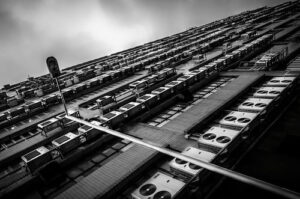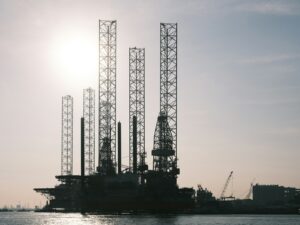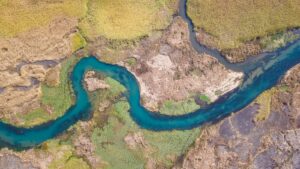Hydropower producing 90% of global stored electricity, but world needs double
A cumulative investment of $130bn annually until 2050 is needed to meet rising demand for power across the planet.
Key findings from the International Hydropower Association’s [IHA] World Hydropower Outlook, ‘roadmapping’ renewables set against net zero targets, show the global hydropower ‘fleet’ now produces 1,412Gw per year. This is more than any other clean energy source.
However, a growth rate of 26GW per year is needed between now and 2030 to meet net zero targets, and double the overall capacity will be required by 2030. The analysis also revealed a downward trend of investment over the past five years, which must be reversed to stand a chance of meeting goals, with double the current funding needed within the next 30 years, bringing total investment to $3.7trillion in that time.
According to the IHA, the 100 largest pipeline projects in the sector, those currently in development, do show that acceleration is possible in the short term, but more needs to be done further down the line to steer hydropower production back on course. The organisation also points to the dual benefits of the technology, which requires large scale water storage in reservoirs, increasing water security in countries already contending with regular drought conditions in warmer months. It is estimate the industry currently saves $130billion in annual GDP losses from drought incidents.
‘Hydropower is the backbone to a reliable energy and water system. As well as providing electricity, it provides storage, flexibility, reliability to support solar/wind, access to clean water, irrigation, and drought and flood control,’ said Eddie Rich, IHA’s CEO.
‘Whether we like it or not, more droughts and floods due to climate change will mean an increased need to invest in water infrastructure such as dams and reservoirs. Where possible these should be powered,’ he continued. ‘This report shows how investments are lagging behind and development has slowed down in the past decade. On the positive side, there is a healthier pipeline and pumped storage hydropower is experiencing a renaissance. Its potential to shore up the energy grid is increasingly recognised.’
China, Brazil, Canada and Russia topped the list of 2023’s biggest hydropower investors, with almost half of all new capacity last year added to China’s grid. In Europe, many countries are focusing on modernisation of existing infrastructure, alongside pumped storage hydropower, with a target of producing 42.5% of all electricity requirements through renewable sources by 2030. Sub-Saharan Africa already relies on hydropower for 40% of its energy needs, with South America claiming 45% of total provision and Central America currently relying on the technology for 30% of its total output.
‘The more variable power that is developed through solar and wind, the more hydropower will be required to provide balance and flexibility when the wind doesn’t blow, and the sun doesn’t shine,’ said Malcolm Turnbull, IHA President. ‘Governments need to plan for long term energy needs, including a balanced mix of renewable energy, for both generation and long duration storage. Investors need long term certainty for their investment given the high initial capital costs of building large infrastructure projects. Moore’s Law does not apply to digging holes. Hydro projects take time, more than it takes to build solar farms, and so we need to move much faster to deliver the hydropower we need.’
You can download a full copy of the IHA report here.
More on energy:
Pembrokeshire enlists former oil worker to promote renewables careers
Quick question: How do vanadium flow batteries stabilise a renewable grid?
Image: Jani Brumat

















